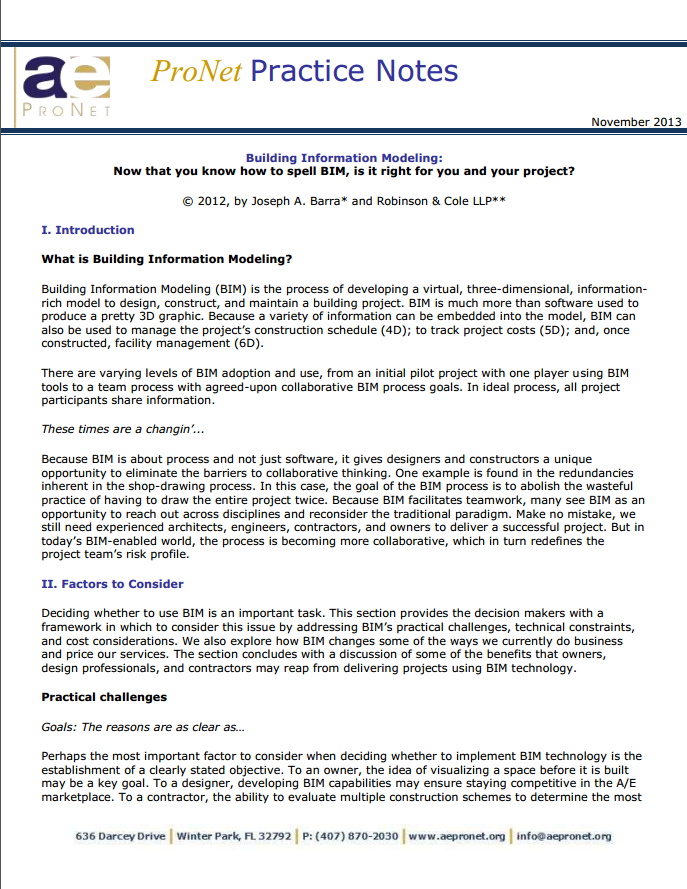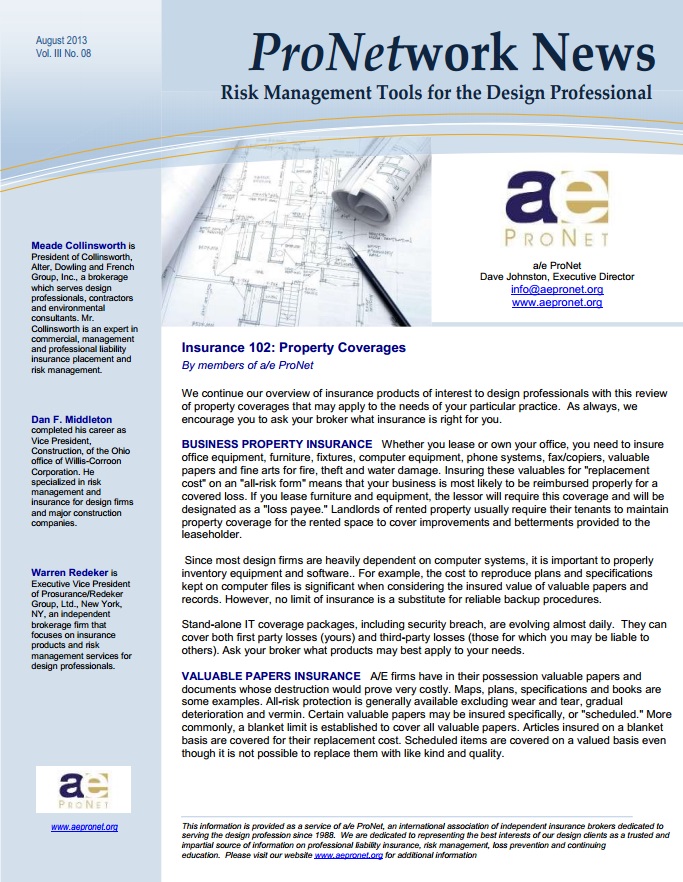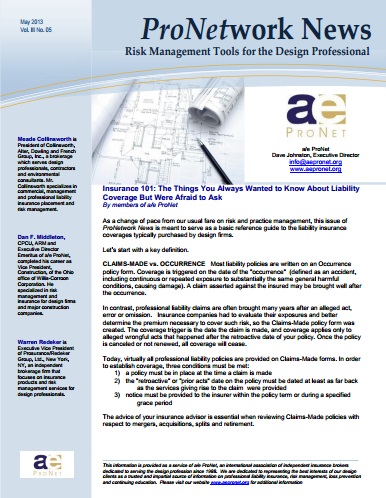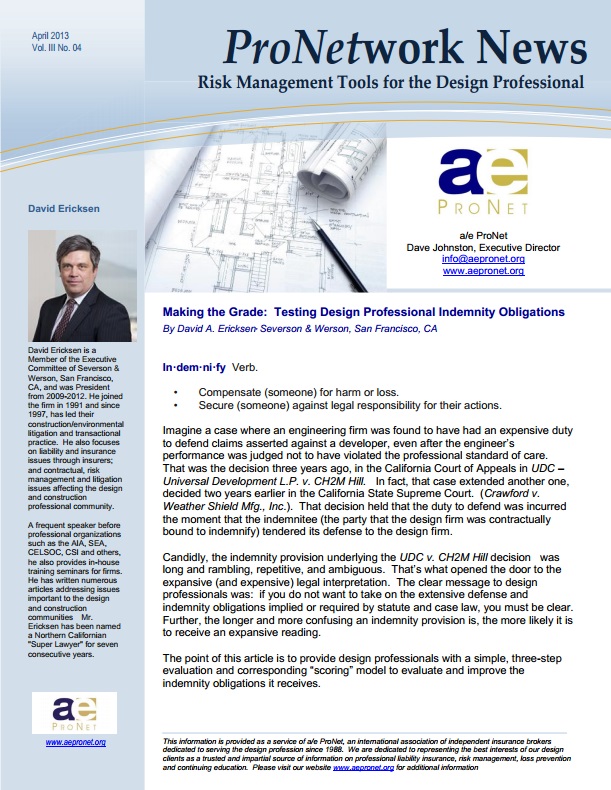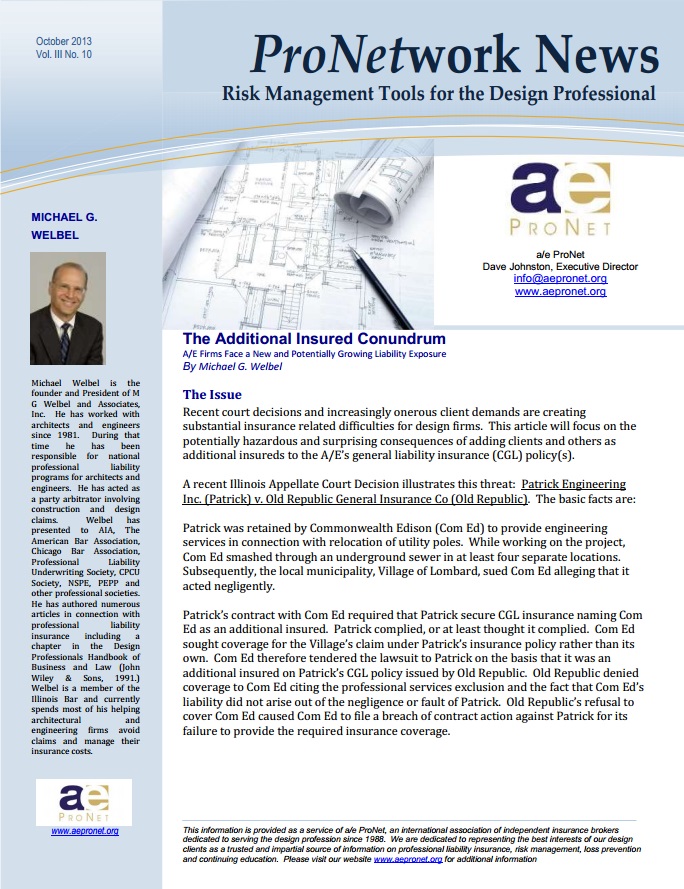 So, you’ve scored a new project! This is a shining moment. The road before you vibrates with the potential for creativity and ingenuity. You receive the contract in your email. Double-click. All you have to do is sign on the dotted line. Scroll, scroll, scroll. Insurance Requirements?
So, you’ve scored a new project! This is a shining moment. The road before you vibrates with the potential for creativity and ingenuity. You receive the contract in your email. Double-click. All you have to do is sign on the dotted line. Scroll, scroll, scroll. Insurance Requirements?
Oh boy. You’d better send this one over to your insurance broker for a quick review.
At lunch, you sketch ideas on the back of your napkin, dying to get started. Buzz! Your phone trembles on the table. It’s your broker and, sadly, she didn’t just give you two big thumbs up. Nope. Turns out, the Insurance Requirements include the following line:
Client shall be named as Additional Insured under CG 20 10 (85) or equivalent.
No-can-do. This endorsement is obsolete. But your new client wants it! And so you’re face-to-face with the eternal and confounding Additional Insured Conundrum.
Does this scenario sound familiar to you? You’re not alone. The following excerpt from our October 2013 issue of ProNetwork News may be able to help:
The Issue
Recent court decisions and increasingly onerous client demands are creating substantial insurance related difficulties for design firms. This article will focus on the potentially hazardous and surprising consequences of adding clients and others as additional insureds to the A/E’s general liability insurance (CGL) policy(s).
A recent Illinois Appellate Court Decision illustrates this threat: Patrick Engineering Inc. (Patrick) v. Old Republic General Insurance Co (Old Republic). The basic facts are:
Patrick was retained by Commonwealth Edison (Com Ed) to provide engineering services in connection with relocation of utility poles. While working on the project, Com Ed smashed through an underground sewer in at least four separate locations. Subsequently, the local municipality, Village of Lombard, sued Com Ed alleging that it acted negligently. Continue reading “The Additional Insured Conundrum: A/E Firms Face a New and Potentially Growing Liability Exposure”

